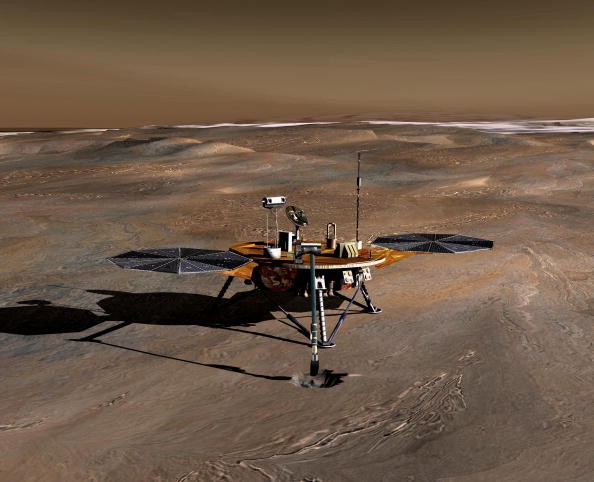NASA's InSight (Interior Exploration using Seismic Investigations, Geodesy and Heat Transport) helicopter reveals new major updates about Mars' internal structure.

The international space agency discovered new details of the Red Planet's core and crust after it studied the surface activities on Mars, specifically the so-called Marsquakes, which are quite similar in nature to earthquakes.
After NASA's robotic lander measure Marsquakes, their findings revealed new details of the planet's internal parts, such as its crustal layer, mantle, and core.
The space company explained that the new details of Mars' crust were very different from their previous records. On the other hand, involved astronomers and other experts also confirmed that the planet's core is more massive and less dense compared to their recent estimations.
Aside from these, NASA also explained that the Red Planet's mantle is also less dense than its surface.
NASA InSight Helicopter's New Findings
According to Space.Com's latest report, NASA and other space agencies only relied on the Red Planet's surface, meteorites, as well as magnetic and gravity, to characterize the Martian internal structure.

Also Read : NASA Astronaut Shows 'Terminator Line' Through Endeavour's Window | Here's How it Looks Like
They did this since they haven't drilled down the planet, unlike Earth, where people actually live in.
"That's comparable to having a locked box and trying to determine what's inside by just having some general information from the outside," said one of the Germany-based University of Cologne experts, Brigitte Knapmeyer-Endrun.
She is also one of the first authors on one of the three NASA InSight studies published by the Science journal on July 22.
Thanks to the efforts of the involved space researchers, NASA was able to identify the actual top layer of Mars, which measures around 6 miles thick.
The space agency also confirmed that Marsquakes revealed that the planet's second layer is roughly 12 miles, which was shielded from surface alteration and impacts.
"It requires more studies to really pinpoint what the individual layers exactly are," added Knapmeyer-Endrun.
NASA Releases One Map and One chart of Ingenuity Rover's Travels
Business Insider reported that NASA releases one chart and one map, which show its Ingenuity helicopter's travels in the Red Planet's terrain.
However, the space agency said that this was not included in their initial plan. The new data shows where the rover traveled and how far each flight has gone. Thanks to these new details, NASA experts could acquire essential information about Mars.
For more news updates about NASA and its upcoming space innovations, always keep your tabs open here at TechTimes.
This article is owned by TechTimes
Written by: Griffin Davis
ⓒ 2025 TECHTIMES.com All rights reserved. Do not reproduce without permission.




